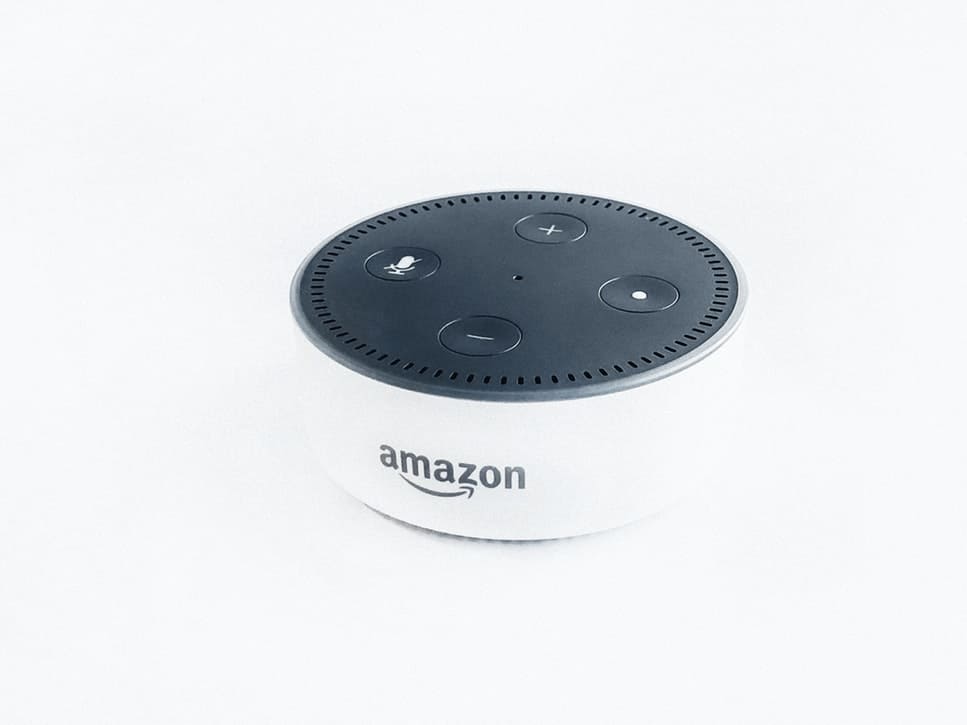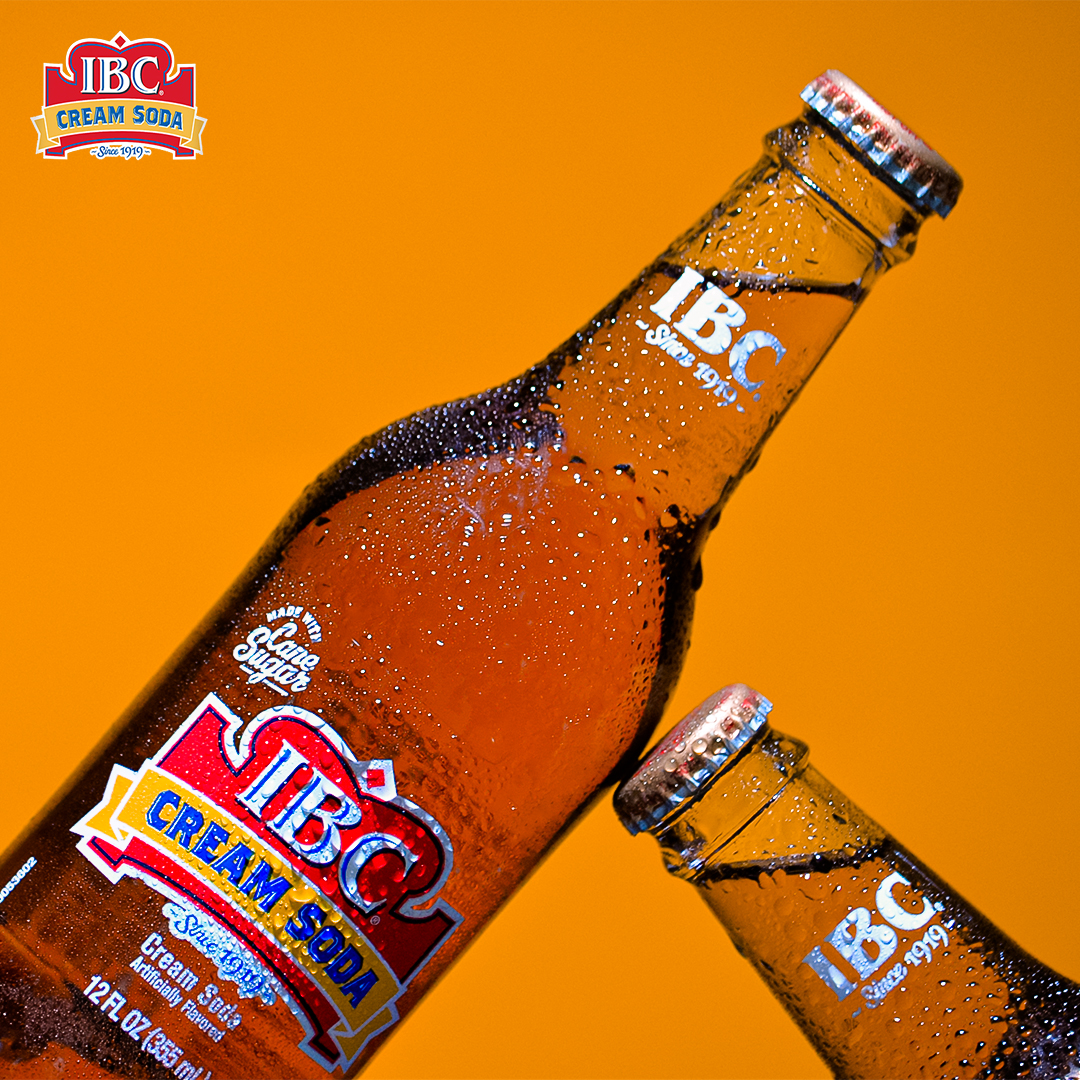January 15, 2019 | by Olivia Roehm, Account Executive
We all know Amazon is a threat to the CPG industry. The e-commerce giant has not only mastered the literary space but may be working on its own private label CPG products to continue its dominance. Google has always been the driving force for search advertising, but Amazon has come forward quickly as a menacing competitor. So, what do CPG companies need to know about Google vs Amazon, and why CMOs are making the switch?
-
Amazon has established itself as a default search engine.
Research showed in 2017 that 49% of consumers’ first product search began on Amazon, and it has only increased since then. And it’s a stat that increases as society becomes even more interested in convenience as a consumer. Think about the last time you thought about going to the grocery store just to pick up some small household product, like toilet paper – I imagine many consumers are like me and immediately turn to think “I wonder if Amazon sells toilet paper, and I bet it’s cheaper too.” Amazon is not only dominating the e-commerce space for CPG’s, which matters for the bottom line but also taking over in what marketer’s call the “consumer perception.”
Owning the perception in the mind of the consumer is what keeps Coca Cola at the top of the carbonated beverage category, and it’s what is driving Amazon to the top of the product search and purchase category. Owning a consumer perception involves a number of things, including placing oneself at the top of the most important aspect of the category (convenience and variety in Amazon’s case), high exposure (which Amazon is privileged by word-of-mouth), and focus on retention (which Amazon excels in through its data-gathering techniques).
Over the years, Amazon has crept up on Google to redefine what kinds of products and services are associated with their different search models; Amazon has sweepingly taken over general consumer products as it can add that level of convenience for purchase and shipping, while Google has managed to retain the upper hand on larger purchases and specialized services.
-
Shopping habits have changed
Younger generations have had a major impact on the way shopping has changed in the past 20 years. As discussed, Amazon has become a top platform for searching for new products, but product discovery has changed dramatically as well. It used to be that products were discovered in the store aisles, through radio, magazines, or TV, sometimes accompanied by celebrity endorsements. Now, product discovery is primarily done through social media, video advertising, and likely product purchase ads through platforms like Google and Amazon. This is huge for CPGs – they’ve had to make major shifts to meet the consumer where they want to be met, and that is online.
Facebook is an advertising giant because social media is a top way to discover a new product; younger generations can get a lot more information than just product features from this. They can experience a company’s personality, have experience with the company (which many millennials value over cost), and understand how that company is serving the greater good (also a top reason “gen Z” considers when making purchases).
Video Advertising has dominated as smartphones have popularized “browsing.” It is captivating because it shares the culture surrounding a company and its product. And Amazon fits very well as the next step to securing the purchase – especially as the consumer may not consider purchases past the immediate experience with a brand. Amazon is the easy way to click, pay, and expect at your door within the week. It requires no effort on the part of the consumer, just as their discovery through social media or video advertising did not. It is a willing partner to current shopping trends and habits.
-
Amazon has the potential to replace CPG companies, but not just yet…
As its business has grown, CPG companies have quickly jumped on board to add to the variety of products available through Amazon, unfortunately dealing with requirements and fees from being a supplier. There are a few reasons why Amazon poses a threat as its own CPG company. They have the capacity to master the CPG industry, so industry leaders must continue to watch Amazon’s movement.
First, a clear reason that Amazon is a threat is that there isn’t much demand by consumers to receive products directly from a CPG company. Through the rise of generic brands and the now popularized notion that shipping must be free (due to Amazon’s widely adopted Prime memberships), people aren’t as interested in brand names as they in convenience, and many brand names can be found on Amazon where consumers may – in some cases, naively – think that they are saving the shipping costs.
The second reason Amazon poses a threat to CPG companies is that it has the potential to create its own private label, effectively controlling a large majority of the consumer market. Looking at today’s “paradox of choice consumer economy,” private label brands can solve the problem of consumers having too many choices to consider for purchase; Amazon, already a widely trusted partner in shopping, is likely to be a first choice for many generic household products if they decide to compete with private label. Amazon is quietly testing the waters by starting to put tags like “Amazon’s Choice” onto product results and will soon be able to predict their market share should they choose to become a private label brand.
However, CPG companies need Amazon right now and Amazon needs CPGs to expand varieties of product offerings to keep it relevant. This isn’t going to change anytime soon.
-
“Follow the Money”
Where does the true power lie? Advertising dollars. And those dollars are quickly moving from the powerhouse that Google has been to a new one: Amazon.
Amazon has been predicted as landing at the third largest ad platform behind Google and Facebook and made it there in 2018. According to its financial data, Amazon’s 2018 third-quarter “other” revenue, which mostly is made up of their advertising services, jumped 56% from 2017.
Amazon’s digital real estate is more popular than ever, and the greater use of its ad platform allows Amazon to perfect its data-capturing algorithm which serves us more targeted and relevant ads. CNBC reported that some marketers are shifting up to 50 and 60% of their budgets usually allocated to Google toward Amazon. Some marketing executives have increased Amazon budgets by 300% since 2017, and they’re only increasing this year.
Google won’t lose all advertising revenue streams, as there are services and big-ticket items that still compete almost solely on Google, but for CPG companies, Amazon is where your consumer is. They’re spending there, so we need to meet them where they are at.
So, my advice to CPG companies is this: engage with Amazon. Make it easy for consumers to find you and get used to purchasing your products on a regular basis. Back it up with online experiences of your brand and the company culture that will build that loyalty in your customer.
While Amazon poses a threat, it also is your greatest ally right now – they want to collaborate and make your product sell so they can see retention rates in partners. For now, take charge of this opportunity to work with the global leader in online retail.





